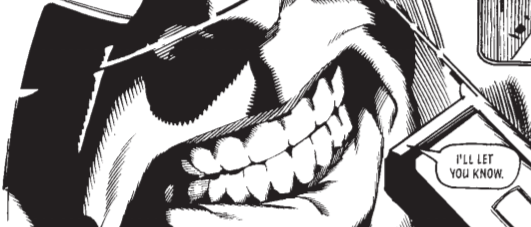
Chris Hemsworth as Thor in the 2013 Marvel film “Thor: The Dark World” – not the most accurate cinematic adaptation of Norse mythology but perhaps the most popular (via the characters in Marvel comics)
(3) NORSE
“We come from the land of the ice and snow
From the midnight sun where the hot springs flow
The hammer of the gods
Will drive our ships to new lands
To fight the horde, sing and cry
Valhalla, I am coming”
And now we come to a mythology that is one of the best known, even outside its European continent of origin, thanks to Thor in the Marvel Cinematic Universe and the days of the week still named in English for the Norse gods. It is also arguably one of the most hardcore mythologies, with imagery worthy of a metal album cover.
I mean, what else can you say of a mythology that features a ship made entirely of fingernails and toenails (of the dead)? Or its creation myth, in which the world was created from the corpse of a giant. No fluffy let there be light here. Or that the gods are essentially locked into a perpetual cold war (heh) against the giants – complicated by the trickster Loki in their presence, who alternates between getting them into compromising or difficult situations before getting them out of those situations (until he goes one trick too far). And like the historical cold war, the gods are planning for mutually assured destruction – famously gathering slain warriors in Valhalla – when the war turns hot at the end of the world. Or rather, when it turns ice cold at Ragnarok – or Gotterdamerung, the twilight of the gods (in the Fimbulwinter or endless winter).
Of course, Norse is something of a misnomer, as it was a Germanic mythology that extended throughout much of northern Europe, although it is most identified with Scandinavia and Iceland (and Vikings!), also the source of its surviving texts, so hence the epithet Norse.
“The source texts mention numerous gods, such as the hammer-wielding, humanity-protecting thunder-god Thor, who relentlessly fights his foes; the one-eyed, raven-flanked god Odin, who craftily pursues knowledge throughout the worlds and bestowed among humanity the runic alphabet; the beautiful, seer-working, feathered cloak-clad goddess Freyja who rides to battle to choose among the slain; the vengeful, skiing goddess Skadi, who prefers the wolf howls of the winter mountains to the seashore; the powerful god Njord, who may calm both sea and fire and grant wealth and land; the god Freyr, whose weather and farming associations bring peace and pleasure to humanity; the goddess Idunn who keeps apples that grant eternal youthfulness; the mysterious god Heimdall, who is born of nine mothers, can hear grass grow, has gold teeth, and possesses a resounding horn” and of course “Loki, who brings tragedy to the gods by engineering the death of the goddess Frigg’s beautiful son Baldur”
Norse mythology is distinctive in that its gods are not only fallible (even the wily Odin), but also all mortal. They can and do die. And die aplenty on its version of the apocalypse. No foreordained triumph of the gods here – on this day, all gods die, taking their enemies down with them. Well, not all of them, as there are some key survivors to renew the world, but that phrase just has a good ring to it.
That doesn’t stop the Norse gods from being hardcore – from plucking one’s eye out as Odin did for wisdom, or losing one’s hand as security deposit as Tyr did, putting his hand in the mouth of the Fenris Wolf. Which of course brings me to their fearsome adversaries, not just frost and fire giants, led by Loki, but also his three terrible children – the goddess Hel leading the dishonorable dead, the Fenris Wolf leading other monstrous wolves, and the World-Serpent.
Hardcore.
RATING: 5 STARS******
S-TIER (GOD TIER)










